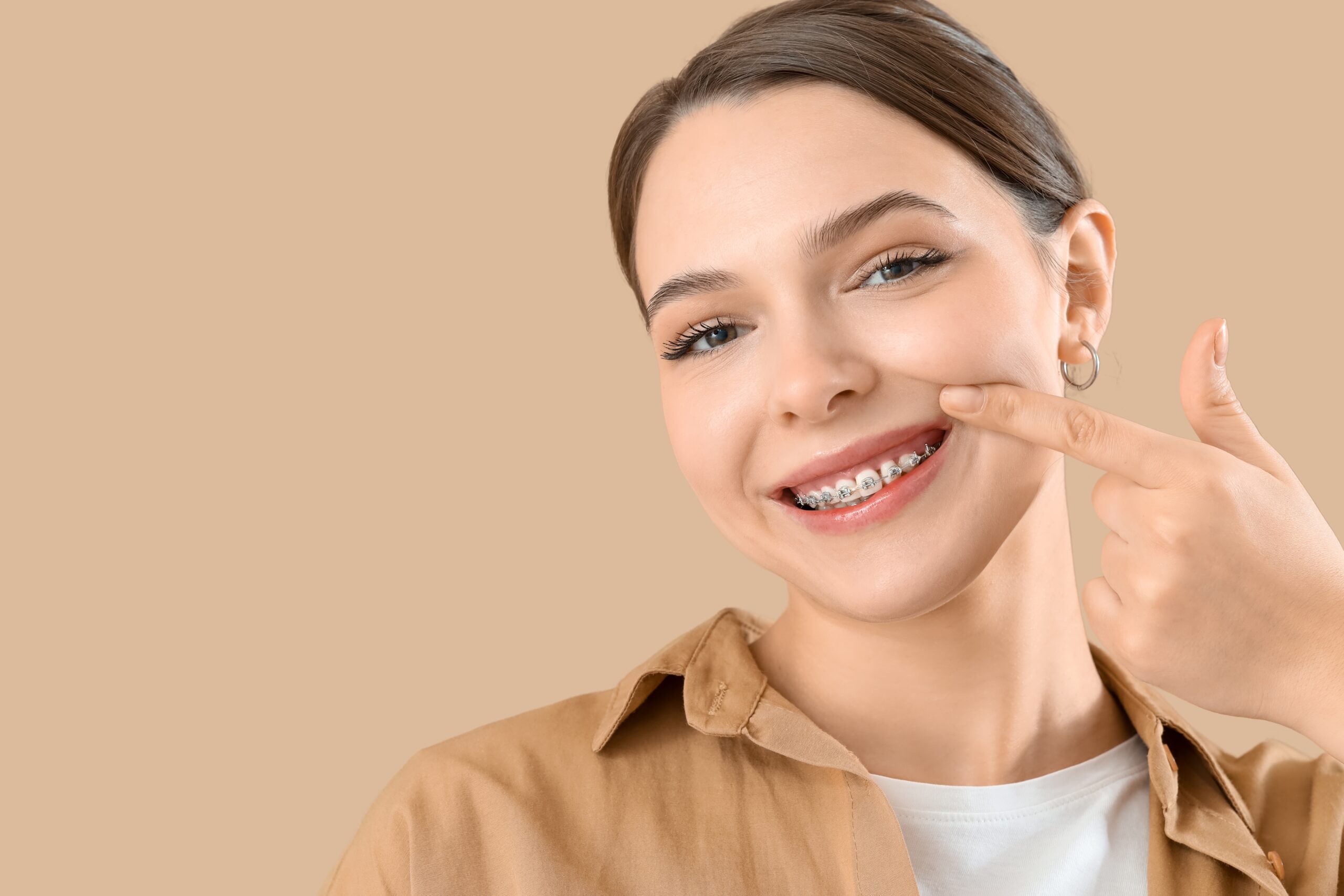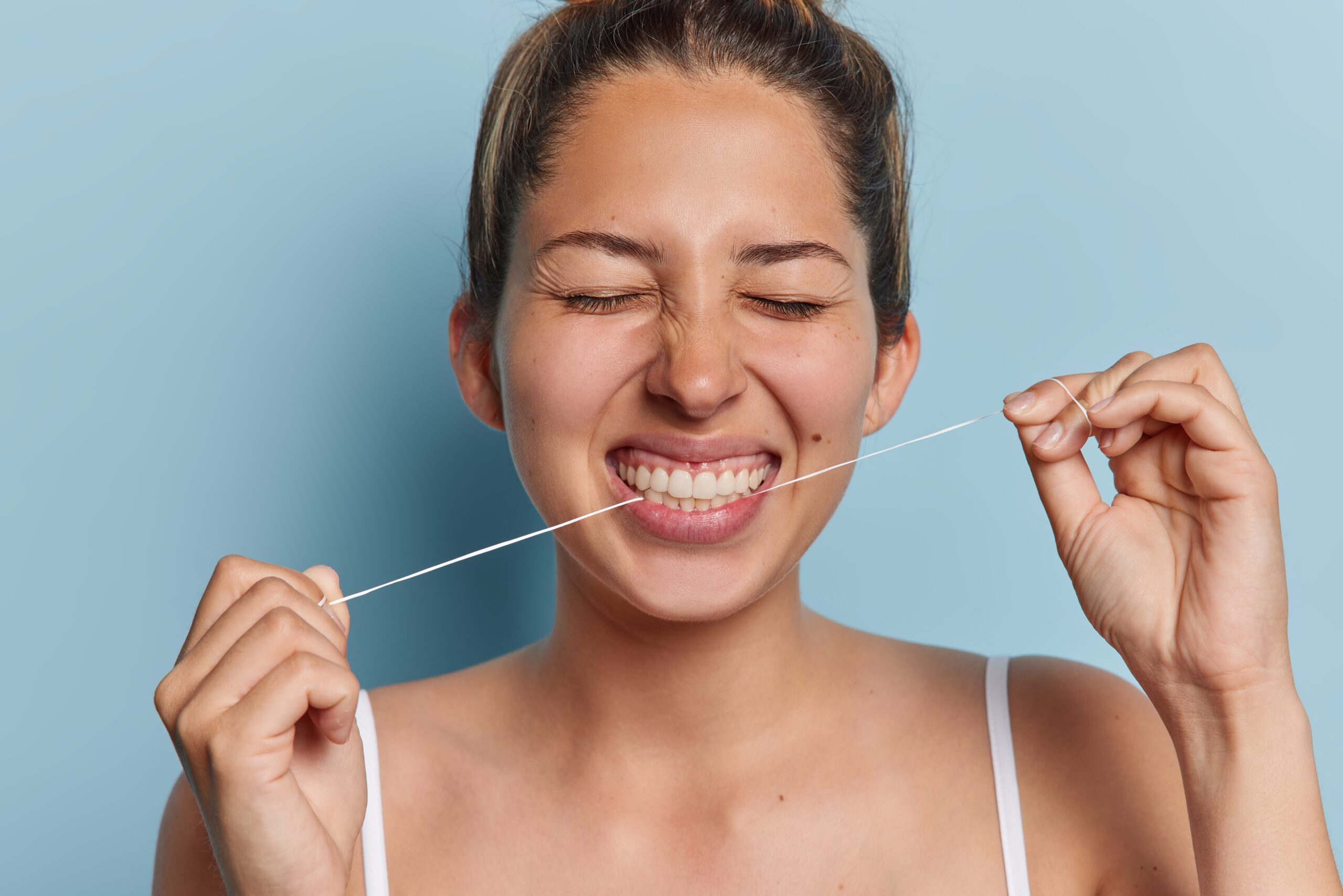Adult braces are often misunderstood, but modern orthodontics has debunked many myths surrounding them, revealing surprising truths that can transform both smiles and perceptions.
Story Snapshot
- Adults make up a significant portion of orthodontic patients today.
- Eating habits can return to normal with braces, despite initial adjustments.
- Braces offer more than cosmetic benefits, addressing serious dental issues.
- Modern braces designs are discreet, challenging past notions of appearance.
Adults and Braces: A Growing Trend
Gone are the days when braces were considered a teenage rite of passage. Today, one in every three orthodontic patients is an adult. This shift challenges the myth that adults are too old for braces, as orthodontists now cater to a growing number of adult clients. This change is driven by an increased awareness of dental health and the availability of more refined, less conspicuous treatment options.
For those concerned about eating with braces, the reality is less daunting than the myth suggests. While the initial period of adjustment can be challenging, most patients find their eating habits return to normal. The key is avoiding particularly hard, chewy, or acidic foods that could damage braces. This adjustment period is temporary and manageable, allowing adults to continue enjoying a wide variety of foods without long-term inconvenience.
Beyond Cosmetic Benefits
The perception that braces are purely cosmetic overlooks the significant health benefits they offer. Misaligned teeth can lead to gum disease and issues with eating or chewing. Braces correct these problems, making them a valuable tool for improving overall dental health. By aligning teeth properly, braces can prevent future complications, providing both aesthetic and practical benefits.
Additionally, modern braces have evolved significantly in their design. Unlike the bulky metal braces of the past, today’s options include clear aligners and tooth-colored ceramics, which are more aesthetically pleasing. These advancements mean adults can wear braces without the self-consciousness that used to accompany orthodontic treatment.
Traveling and Living with Braces
The fear of braces setting off metal detectors is another myth rooted in outdated information. Modern braces use medical-grade stainless steel that does not trigger metal detectors, even in sensitive environments like airports. This means adults can travel with confidence, knowing their orthodontic treatment will not cause unnecessary delays or complications.
For those who remain concerned, non-metallic alternatives are available, offering the same benefits without any metal components. This flexibility ensures that adults can choose the best option for their lifestyle and needs, without compromising on the effectiveness of their treatment.
Braces Are Not Just for Kids
Childhood orthodontic treatment does not always eliminate the need for adult braces. As we age, our teeth can shift due to various factors, including natural wear and tear, stress, and jaw clenching. These changes can lead to new dental issues that require correction, making adult braces a necessary step for maintaining dental health later in life.
Misunderstandings about adult braces often stem from outdated perceptions and myths. However, as dental technology advances and more adults seek orthodontic treatment, these myths are steadily being debunked. For those considering adult braces, understanding the realities over the myths can lead to better dental health and an improved quality of life.
Sources:








